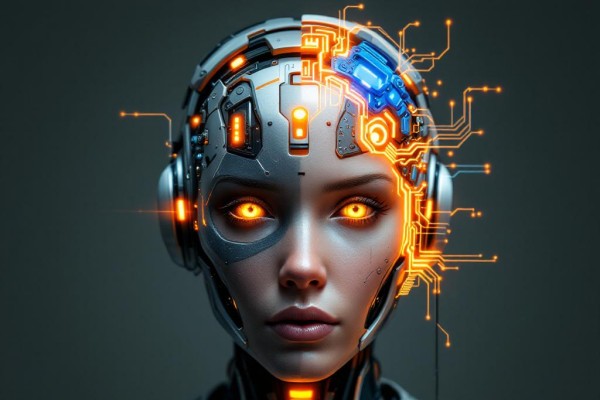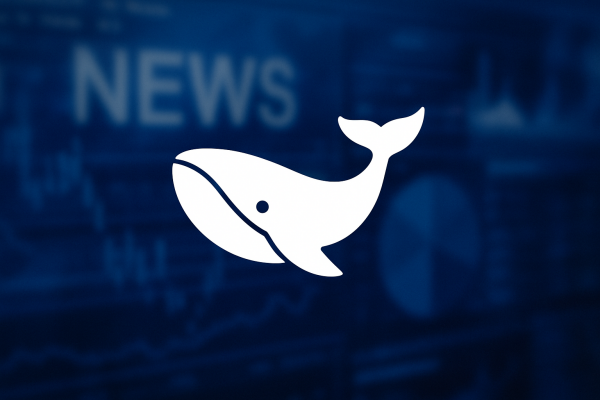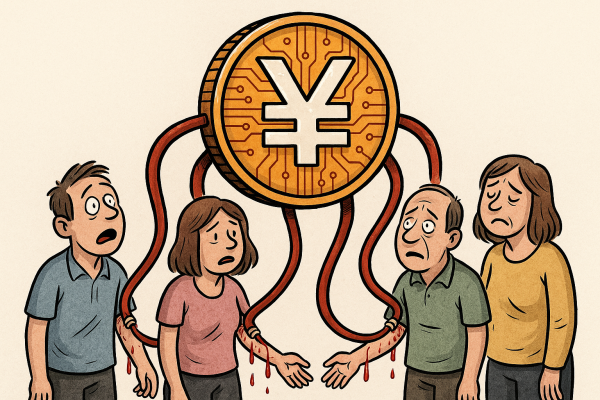In his latest analysis of WWDC 2025, globally recognized Apple analyst Ming-Chi Kuo pointed out that the company's artificial intelligence strategy is more about structured, long-term development than technological revolution. At Apple's presentation, artificial intelligence was clearly the focus of attention, overshadowing areas such as the visual renewal of operating systems or the introduction of new features.
According to Kuo, it is not worth expecting breakthrough technological innovations from Apple's AI developments – and the market does not expect this either. The expert considers it more important how clearly the company can communicate how the new AI functionality will be integrated into the existing device fleet and what the timeline is for making the services widely available. In this context, patience and trust are key: the market tends to evaluate based on consistent, feasible plans.
The direction presented focuses more on deep integration into the system: Siri and artificial intelligence capabilities could be reorganized under a new brand, improving the user experience at the operating system level. In addition, Apple—with the analytical precision we have come to expect from Kuo—is expected to offer developer tools that will make it easier for third parties to integrate AI-based solutions. Privacy protection will also remain key, and it is not out of the question that Apple will enter into strategic partnerships with AI providers who already have a significant advantage in this area.
Kuo believes that although many take it for granted that Apple will increasingly become part of the rise of artificial intelligence thanks to its strong chip development and hardware foundations, this alone is not enough to create a sustainable competitive advantage. The company's advantages lie more in providing a quality platform for AI services to operate on than in setting the direction for this industry as a pioneer.
Kuo's analysis essentially tempers excessive expectations and places Apple's AI vision in a more realistic context, emphasizing that the company's strategy should be evaluated in the long term rather than based on immediate sensations.



